
Vietnamese Food: Explore Local Cuisine
Share:
- Published:
- Updated: 20/01/25
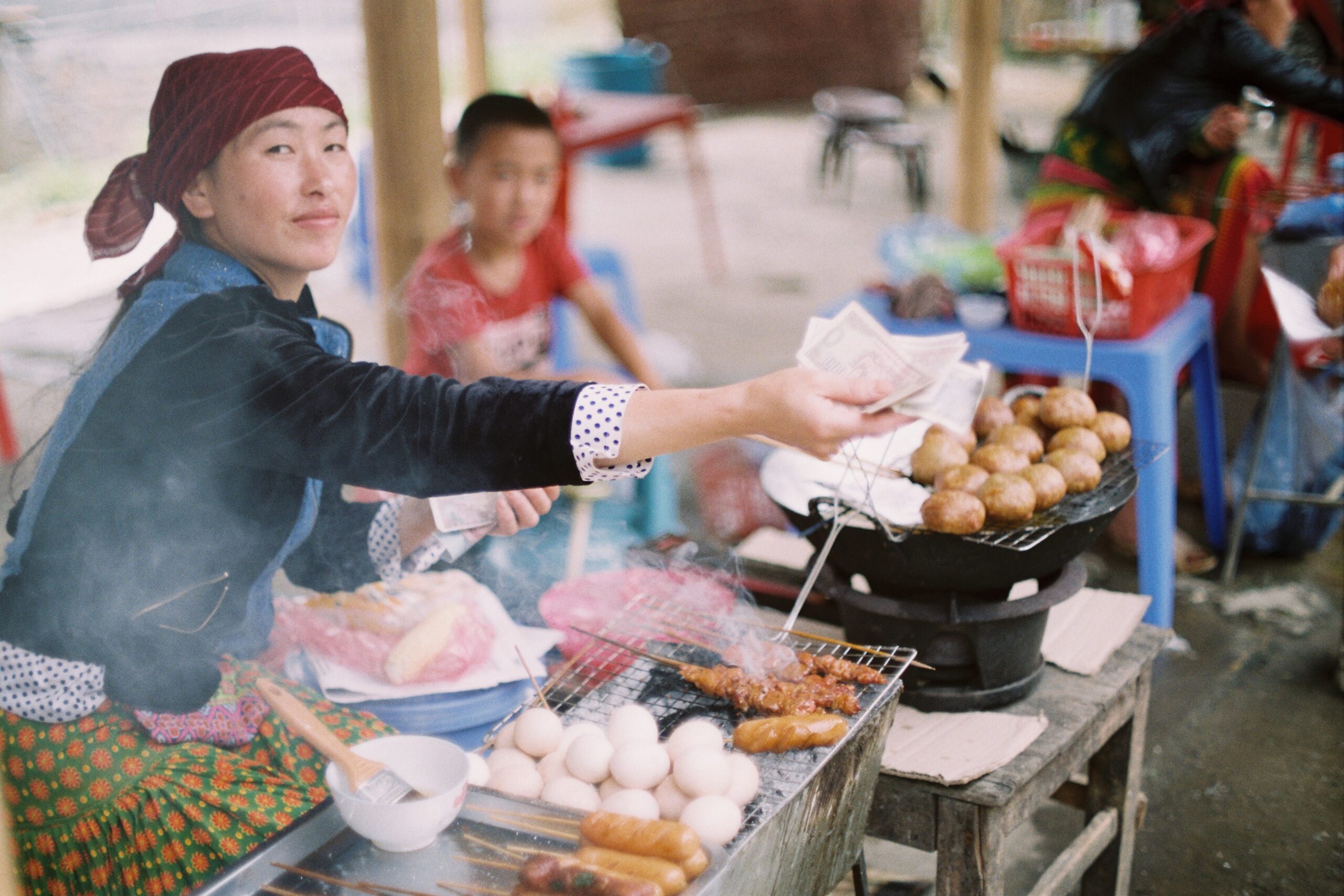
Table of Contents
Vietnamese Food: Explore Local Cuisine
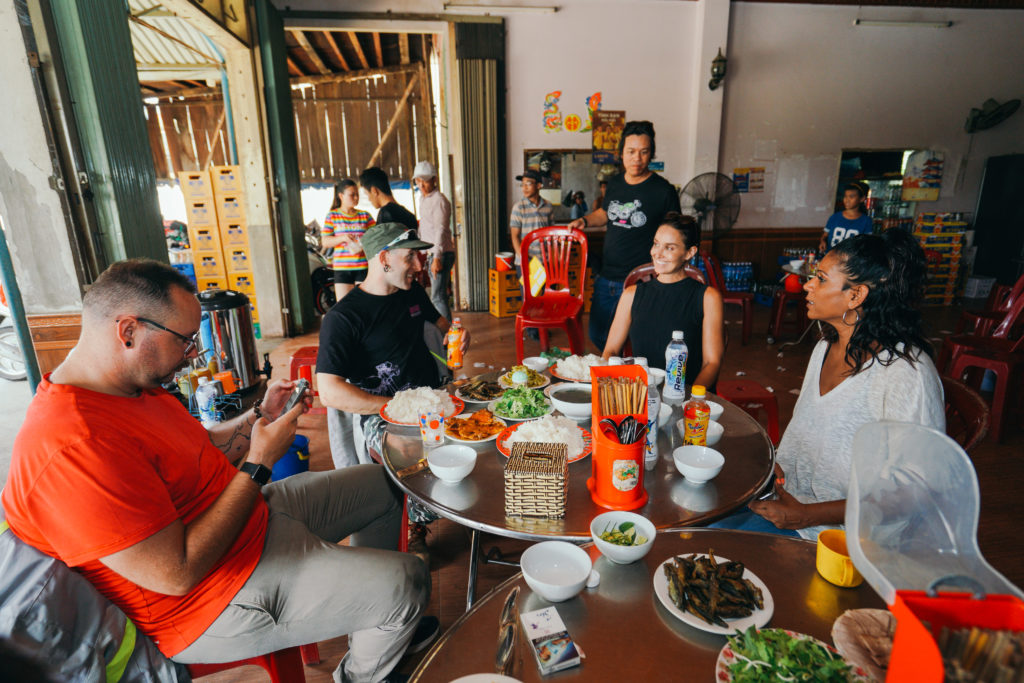
Vietnamese food is far more than dishes that have become popular in western countries, like pho, banh mi, bun bo, or bun thit nuong.
In fact, there’s a great variety of Vietnamese dishes both within regions and across the country. The key component in Vietnamese food nationwide is freshness—fresh herbs, vegetables, and meats are instrumental in delivering the flavors Vietnam is so well known for.
Vietnamese Food – Meats
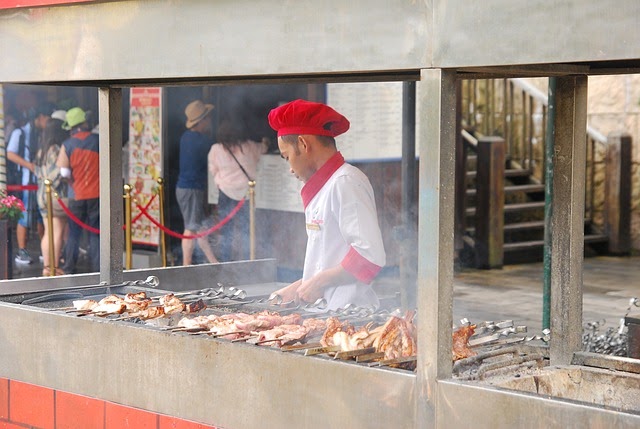
Vietnam enjoys a great variety of meats. Like in many other countries, pork, chicken, and beef are the most widely available. However, many other types of meat can be found with some regularity: goat, ostrich, quail, venison, boar, frog, and buffalo are all popular. Even meats like porcupine and, yes, dog, make their way to the table, though dog meat is rapidly losing its popularity with the young, urban crowd.
Vietnamese enjoy their meat cooked many ways, but one of the most popular is grilled. An iconic dish is com tam suon, broken rice with grilled pork chops and sometimes a fried egg. Barbecue restaurants are increasingly popular, with locals packing the establishments to the gills to eat a wide variety of grilled meat.
Vietnamese Food – Seafood
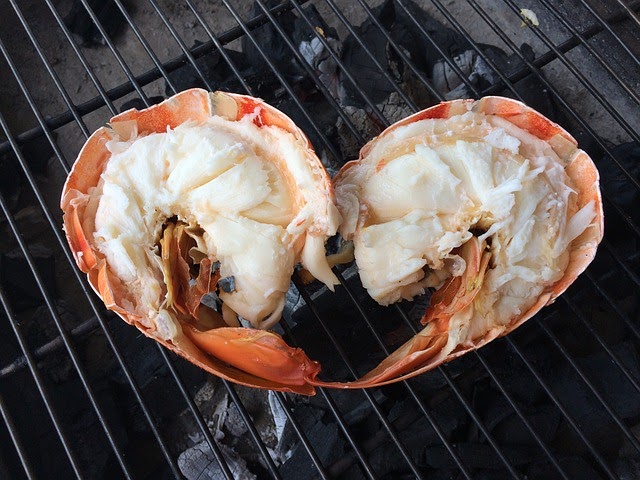
Coastal regions and large cities boast an astonishing variety of fresh, delicious seafood. Choose from a staggering array of fish, shellfish, crab, shrimp, squid, octopus, and much more at either a low-brow restaurant with cheap beer and plastic chairs or splurge on a high-end fine-dining experience. Additionally, if you like snails—sea snails, freshwater snails, or land snails—Vietnam has a huge variety of snail dishes to choose from.
Fresh Fruit
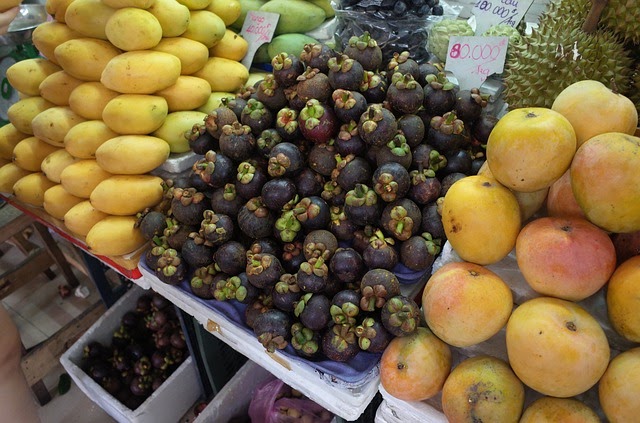
Fresh fruit is available year-round for extraordinarily low prices. Some of these fruits, like baby bananas and mangoes, will be ones easily recognizable to western eyes. Others, however, will rarely, if ever, be seen in western grocery stores. No trip to Vietnam is complete without sampling a wide range of local fruit like mangosteens, lychees, rambutan, jackfruit, durian, and many more.
Herbs and Vegetables
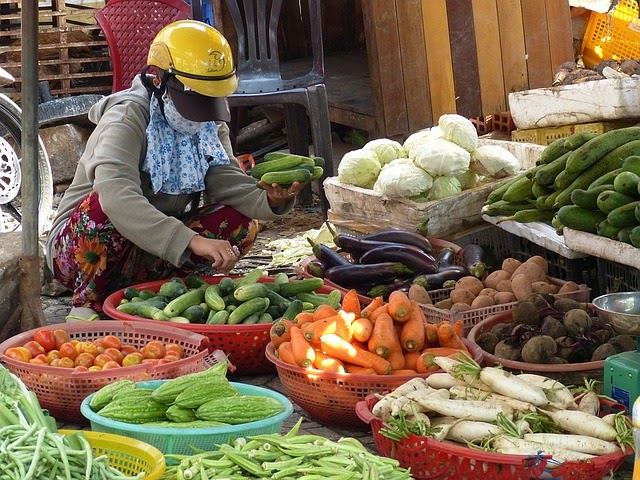
Fresh herbs and vegetables make up some of the core flavors of Vietnamese food. Basil, mint, coriander, and many others are ubiquitous and frequently added to dishes to add a subtle, fresh flavor.
Vegetables are even more numerous than fruits. Again, some of these may be easily recognized whereas others will be exotic to western travelers. Vegetables make up a large amount of the Vietnamese diet, as both parts of dishes and as dishes on their own.
Vietnamese Food – Noodles and Noodle Soups
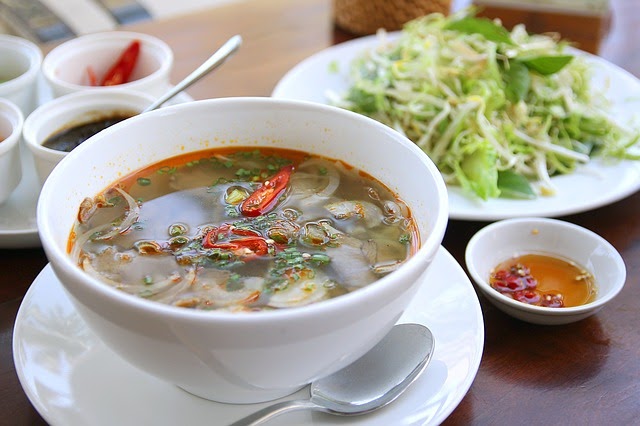
Some of Vietnam’s most iconic dishes are noodle and noodle soup dishes. Pho, now famous worldwide, can be found in every town across the country and can come in many styles. The biggest differentiation in pho is the broth, though table condiments vary from region to region.
There are countless other noodle soup dishes, all of which have their own broth, noodle, meat, and accompaniments. Bun bo hue, a fiery broth with beef, fresh herbs, and rice noodles is popular throughout the country. Hu tieu, a thinner, pork-bone based broth can also be found on street-side stalls. Banh canh, with chewy tapioca noodles and a pork-and-fish based broth, is a contender for one of the best soups in the country. Every region and city will have its own specialty, making this a soup-lover’s paradise.
Similarly, every region will have its own noodle dishes and variations thereof. Bun thit nuong, vermicelli noodles with grilled pork and fresh vegetables, can be found throughout the country. In the south, it’s served with a sweet fish sauce whereas in the central part of the country it’s served with a hearty, hot peanut sauce.
Other noodle dishes are to be found in every town. People tend to find their favorites after multiple attempts, so don’t be shy in what you try.
Drinks
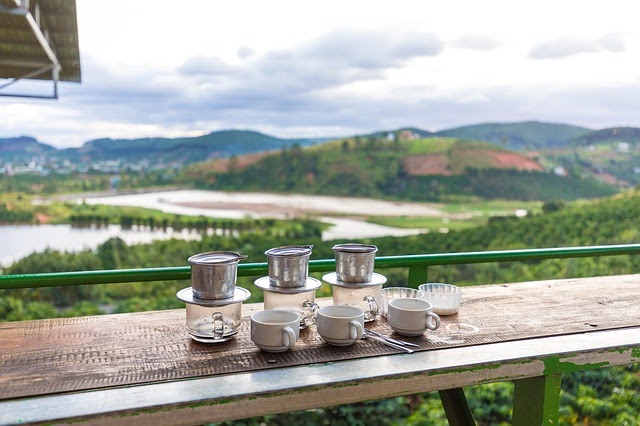
Vietnam is the world’s second-largest grower of coffee. First-time visitors are often blown away by the sheer amount of coffee shops in the country. To say coffee is everywhere is an understatement—it’s hard to throw a rock in any direction without hitting a coffee shop. It’s also cheap and quite strong. Vietnamese like their coffee filtered through a metal percolator and served with ice and sweet milk, and coffee drinking for many is a daily activity.
Beer is also ubiquitous and extraordinarily cheap—among the cheapest in the world. Many local varieties taste like an average hot-weather country lager. However, there’s a reason for that: they taste great when they’re very cold on a hot day.
Fruit juices, smoothies, and fresh coconuts can also be found everywhere. Vietnamese like to add extra sugar to their fruit juices and smoothies. If you don’t want that just say ‘khong duong’ (no sugar). Don’t neglect sugar, though—in the form of sugarcane. Fresh sugarcane juice (nuoc mia) is truly refreshing on a hot day and may set you back $.25-.50 per glass. The cane will be squeezed in front of you and a little citrus added to give it some zest.
Don’t Be Shy

The best way to get to know Vietnamese food is to be adventurous and try things you’ve never heard of. Even Westerners who have lived here for many years still find new things to enjoy on a regular basis. Talk to a local, ask them their opinion. If you go to a restaurant whose server you can communicate with ask for a recommendation. Nothing ventured, nothing gained!
Recent Posts






